Y
ou went from “have one more baby,” to “how on earth did we have all these kids?” Now, your home is filled with those little bundles of joy, but it
Let’s face it, considering the heavy bills that accompany big households, life’s easier when you are more deliberate about child bearing. That’s where birth control comes into play. Birth control is any means devised to prevent pregnancy, and ensure you can properly plan your household. From the options that prevent the sperm from coming in contact with the eggs, to those that kill the sperm, there’s a lot to choose from.
In order to make the right choice, you should consider your medical history, lifestyle, and how sexually active you are. This is true when you and your spouse live in different regions. For example, a couple that lives together will definitely get kinky under the sheets more often than a couple that don’t live together. So certainly, the birth control method best suited for couple A will differ from that for couple B. Any method you choose, rest in the fact that pregnancy won’t creep up on you.
Check out 12 effective birth control methods to choose from…
#1. Condoms
There are two types of condoms available today, they are the male and female condoms.
The male condom

The male condom is arguably the most popular form of birth control. The condom is placed over the male sexual organ before intercourse and they come in different sized to suit various penis lengths an widths. When used correctly, the male condom has been proven to be 82% effective to prevent pregnancy and sexually transmitted diseases.
The female condom
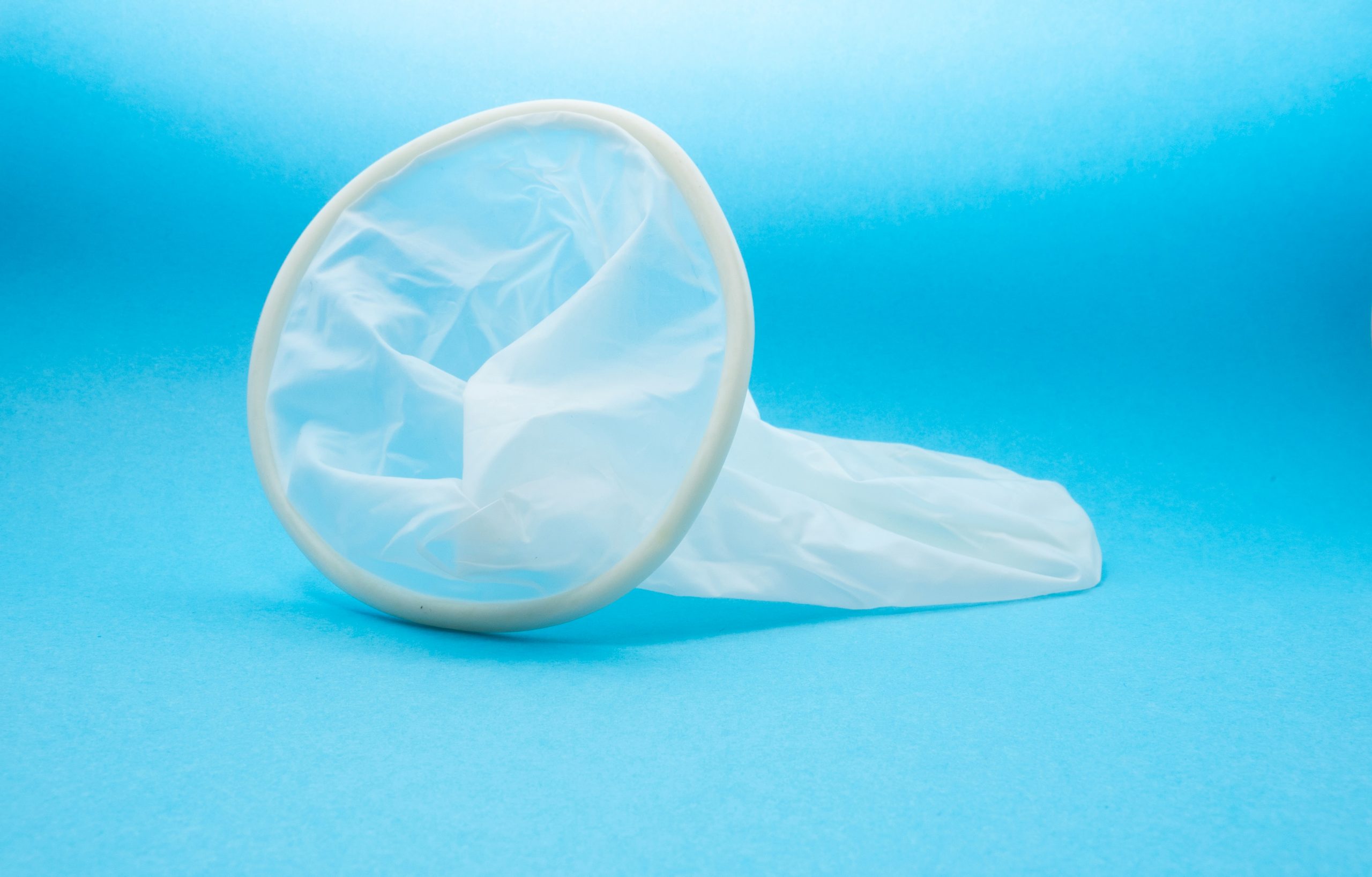
These are not as popular as the male condoms, although they’re almost as effective. Female condoms are made of polyurethane and you have to be a bit more deliberate when using them. It is inserted into the vagina while the ring stays outside the vagina for easy removal after sex.
#2. The pill

This method of birth control is 91% effective although it’s hormonal in nature. This means that it alters the hormones, so you it is usually accompanied by side effects. It works to prevent the release of eggs, and stops the sperm from making its way into the uterus by thickening the cervical mucus. That’s one time mucus is very welcome. This method is preferred because it doesn’t have to be inserted but the downside is that it has to be taken at the same time daily and if this is not adhered to, the effectiveness is not guaranteed.
#3. Vasectomy birth control
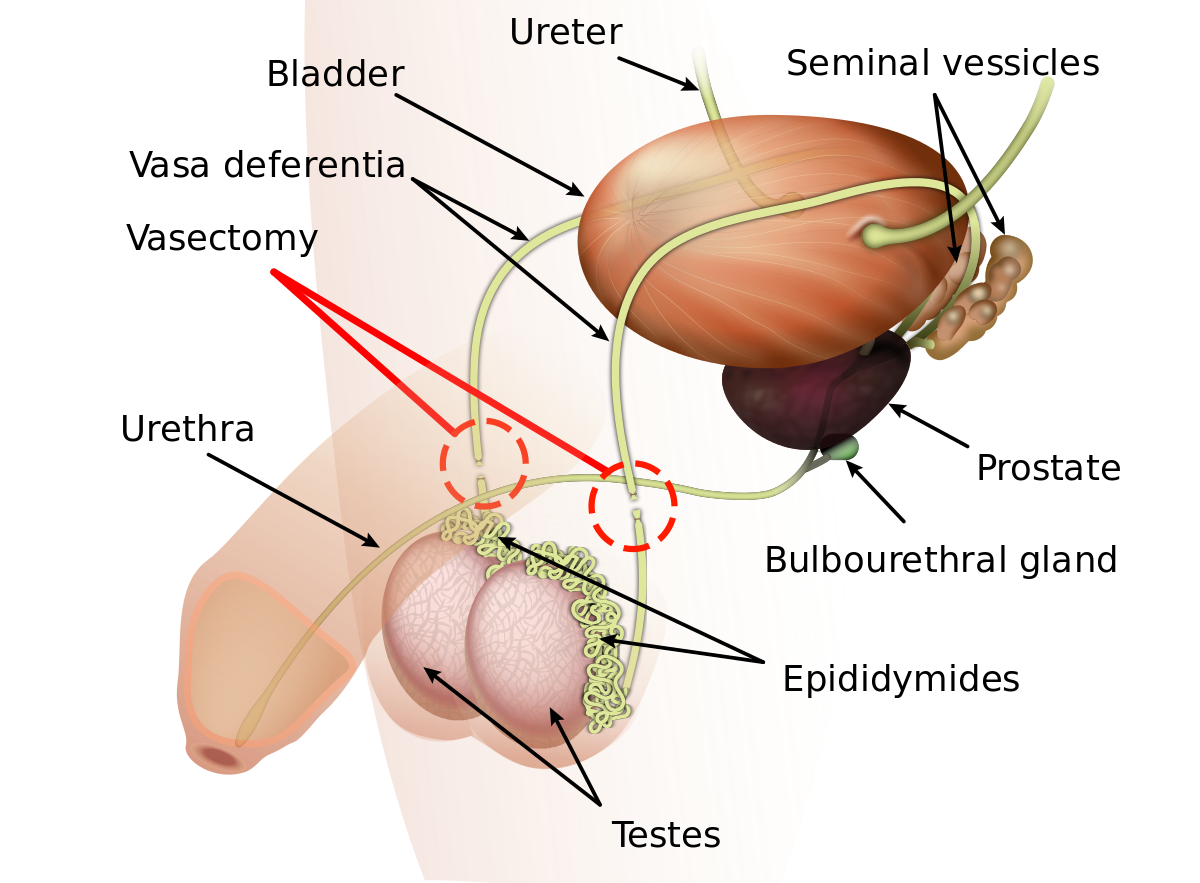
This is a medical procedure specifically for men and it’s carried out through surgery. During the procedure, the vas deferens–part of the male reproductive system that transports sperm from the epididymis to the ejaculatory ducts in anticipation of ejaculation–is removed, thus, making it almost impossible for the man who undergoes this procedure to impregnate a woman.
#4. Cervical cap
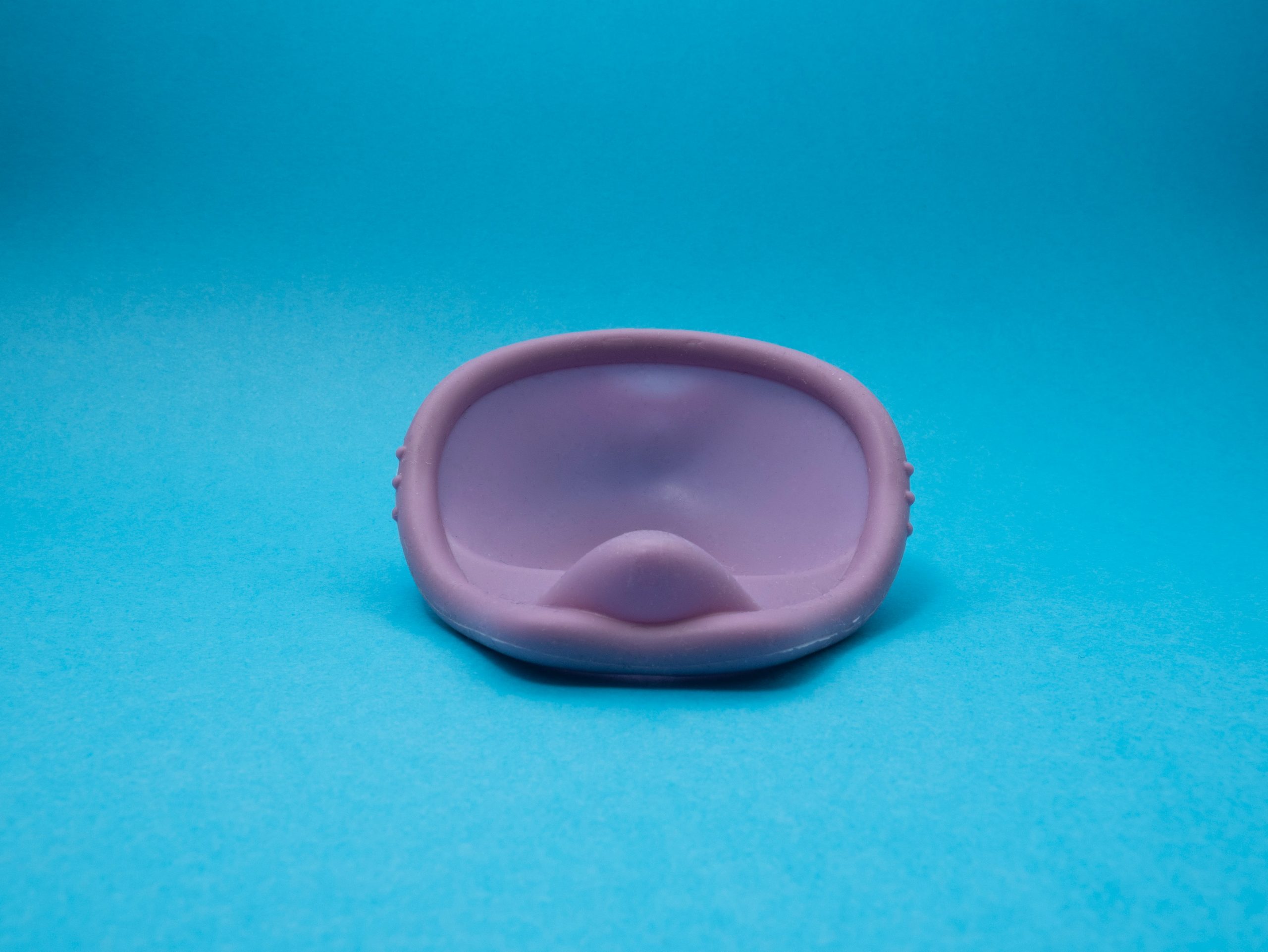
This is also known as diaphragm. It is inserted into the vagina hours before sex and can remain in there for 48 hours. This rubber cap shields the entrance of the uterus from sperms, making it almost impossible to get pregnant. It’s used alongside a contraceptive cream which stops sperm movement
#5. Tubal Ligation
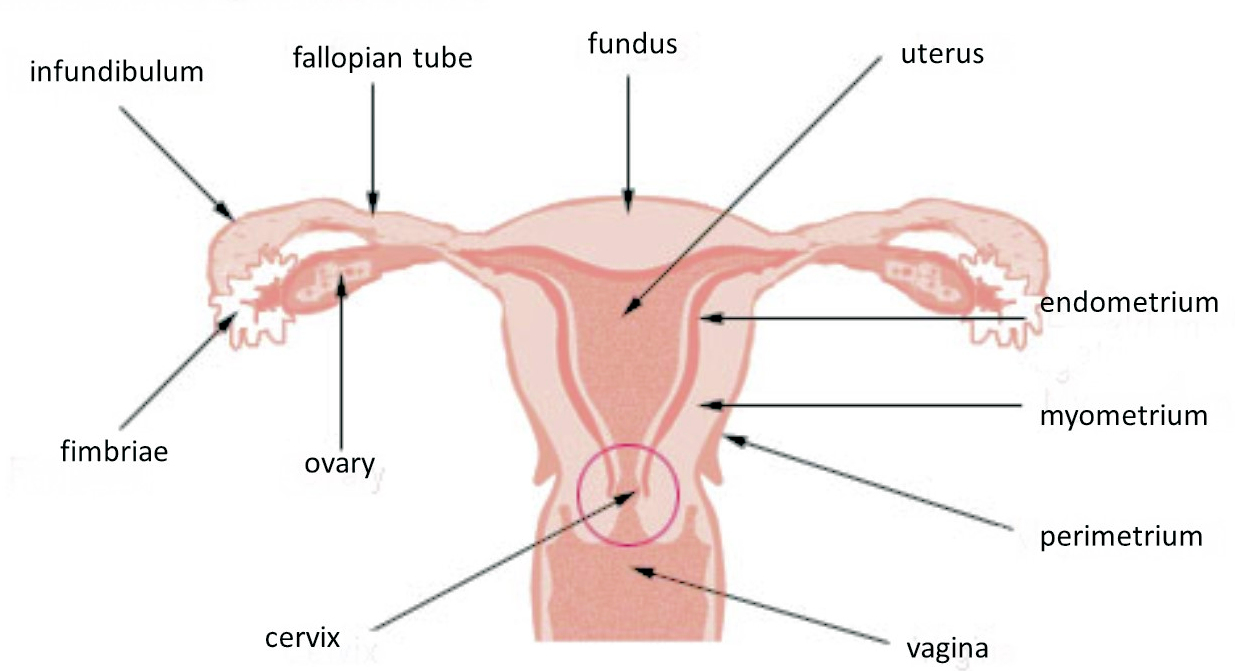
This method requires surgery where the fallopian tubes are blocked. Once this procedure is done, it ensures that the sperm never reaches the eggs. A note of warning however, is to ensure that this process is carried out by a licensed professional.
#6. The contraceptive patch birth control
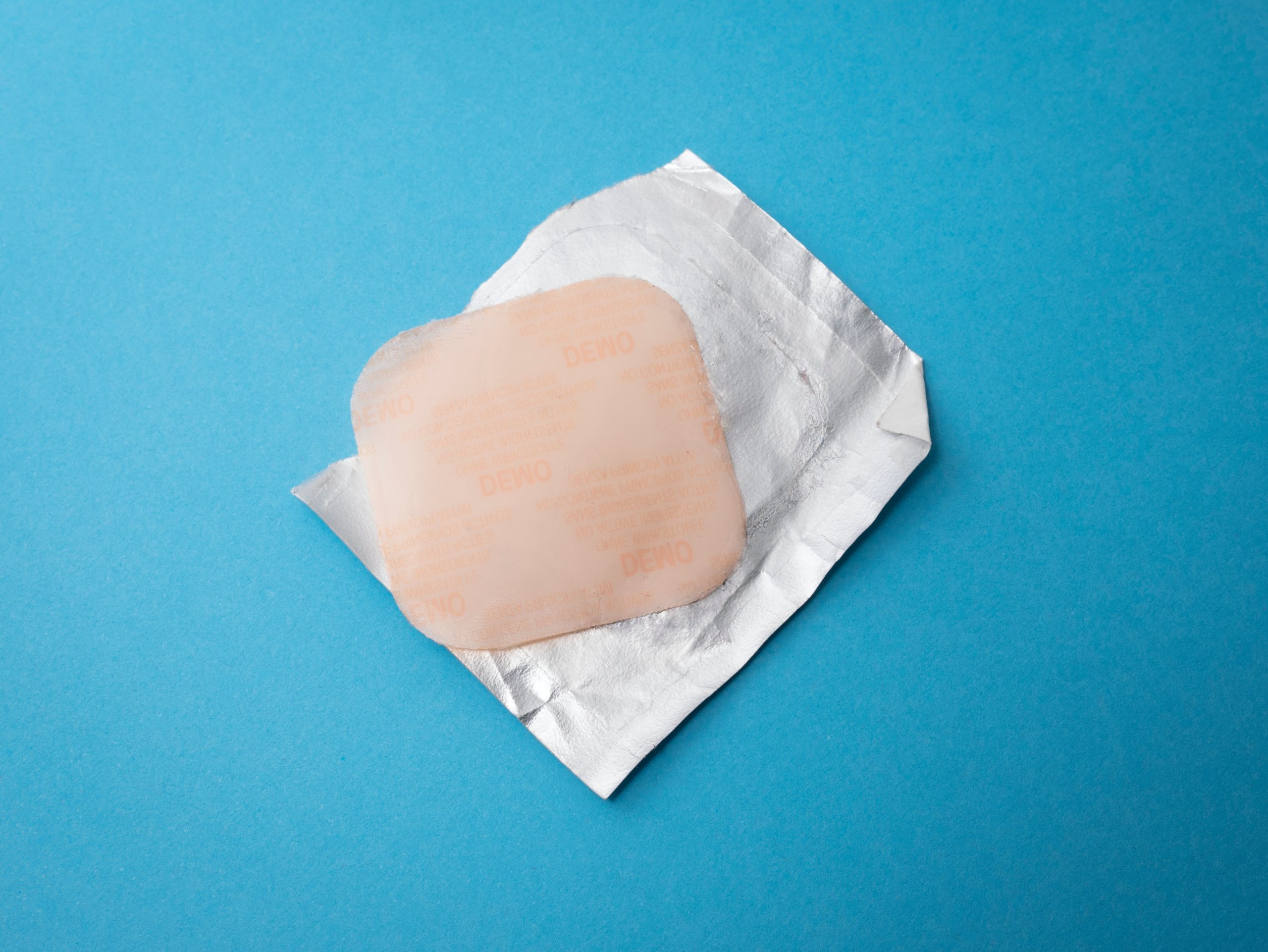
The patch is put on the woman’s skin once a week for three weeks and on the fourth week, it’s effect is still potent even without application. This hormonal procedure is easy and readily available. It is placed on a woman’s skin on a monthly basis and releases hormones daily to hinder egg production. It is usually placed on the arms, bottom or shoulders.
#7. Depo-Provera

This procedure is handled by a doctor and is given as a shot that lasts for 12 weeks. It thickens the mucus of the cervix–the uterus lining–and stops the ovaries from releasing eggs.
#8. Awareness of monthly cycle

With this method, you monitor your monthly cycle, and avoid sex during your fertile window. In this method, you have sex only during your safe period, that is to say when you have the least chances of getting pregnant. As accurate as this can be, it would limit the number of times you can have sex with your spouse.
#9. Withdrawal method

If done right, this is pretty accurate. Just before he ejaculates, the man removes his penis from the vagina and comes anywhere else (that’s up to you both *winks*). This method ensures that the sperm doesn’t get into the vagina. The cons of this method is that sometimes you may get overly excited and not withdraw in time. It requires a great deal of self control.
#10. The contraceptive ring birth control
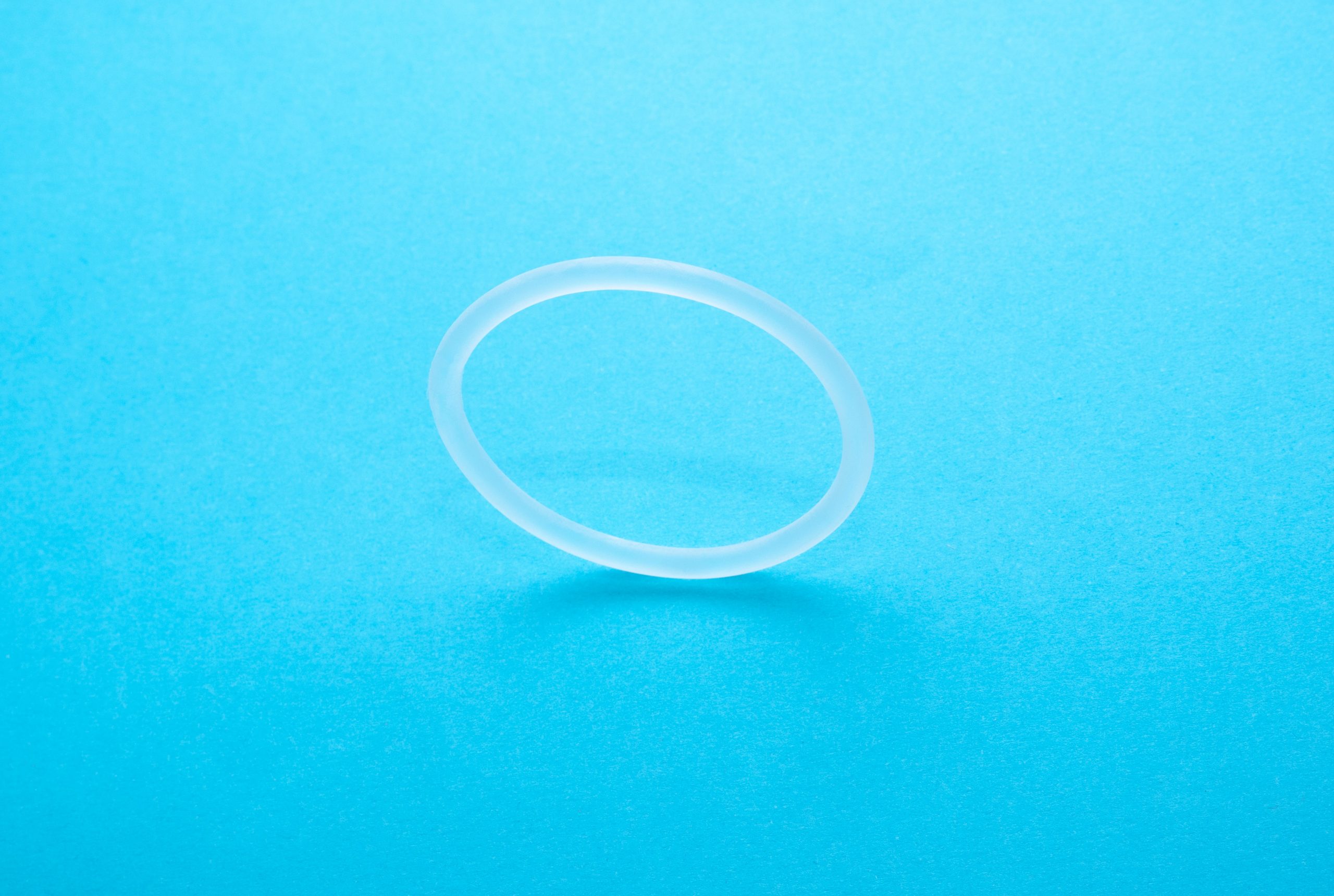
As the name implies, this is a ring. It is inserted deep inside the vagina and releases hormones in low quantities that prevents the ovaries from producing eggs. It has to be renewed monthly for the best result.
#11. Intrauterine Device (IUD)

This device is either copper or hormonal. It’s inserted inside the vagina by a doctor and stays in place irrespective of how active your lifestyle is. It could last from 4-8 years depending on what option you choose and it can be removed at any time. IUD, just like most birth control options, prevents fertilization of the egg.
#12. Implantation

This implant is hormonal and must be inserted and removed by a medical professional. It lasts for three years and must be removed once this specified time elapses.
Featured image: Reproductive Health Supplies Coalition | Unsplash
For the latest in fashion, lifestyle and culture, follow us on Instagram @StyleRave_
